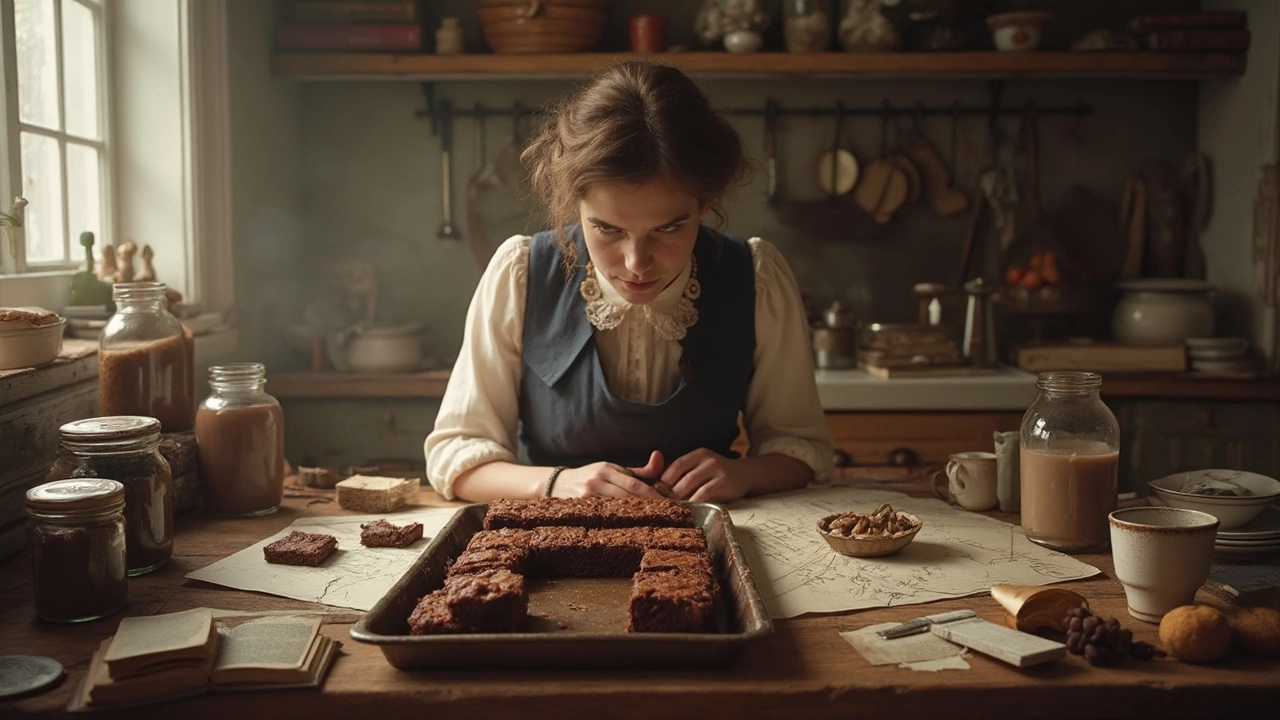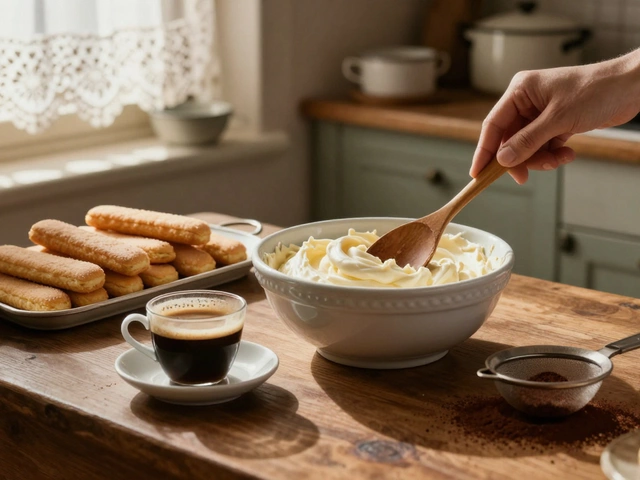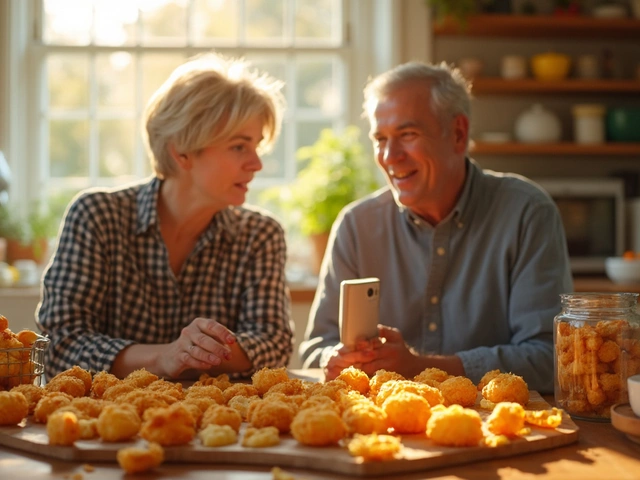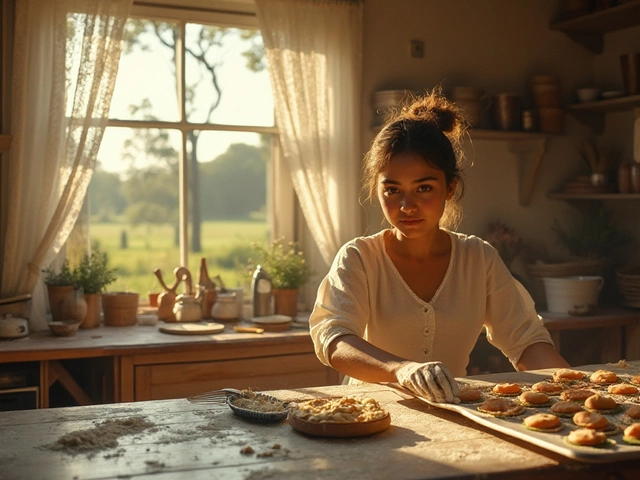Brownie History: From Accident to Icon
Ever wondered why brownies are both fudgy and cakey at the same time? The answer starts with a happy kitchen mishap in the late 1800s. Back then, bakers were experimenting with chocolate puddings and cake batters, trying to find the perfect texture. One wayward mix ended up dense, chewy, and irresistibly chocolatey – and the rest is sweet history.
At first, brownies were a simple way to use up leftover chocolate cake batter. Rather than waste the extra dough, cooks spread it in a pan and baked it longer. The result? A dense square that held its shape but melted in your mouth. This practical trick quickly turned into a staple, especially in American homes where chocolate was becoming more affordable.
Where Brownies Came From
The earliest printed brownie recipe appeared in the Boston Cooking School Magazine in 1897. It called for a plain batter, a bit of melted chocolate, and a short bake. No frosting, no nuts, just pure chocolate goodness. Over the next few decades, the recipe spread through cookbooks and newspaper columns, each version adding a personal twist.
During the 1900s, brownies entered the school cafeteria scene. Kids loved the portable, handheld snack that didn’t crumble like a cookie. By the 1930s, the first brownie mixes hit grocery shelves, making it easier than ever for anyone to whip up a batch at home.
How Brownies Evolved Over Time
Fast forward to the 1960s, and brownies started showing off personality. Bakers added walnuts, caramel swirls, and even peanut butter layers. The “fudgy” versus “cakey” debate also took root. Some people prefer a dense, melt‑in‑your‑mouth texture, while others like a lighter, more cake‑like crumb. The secret? Adjusting the flour‑to‑cocoa ratio and changing the bake time.
Today, you’ll find gluten‑free, vegan, and even keto brownies on every bakery menu. Each variation sticks to the core idea: a chocolatey square that satisfies cravings with minimal fuss. Whether you drizzle it with ganache or dust it with powdered sugar, the basic principle stays the same – a quick, comforting dessert that’s easy to share.
So why do brownies still dominate dessert tables? They’re versatile, portable, and they hit that perfect sweet‑and‑rich spot we all love. Plus, they’re nostalgic – many of us associate a brownie with childhood celebrations, after‑school snacks, or last‑minute party treats.
If you’re planning to bake, remember the key to a great brownie is balance. Too much flour and you’ll get a cake; too much butter and it turns greasy. A good rule of thumb is 1 cup of sugar, ½ cup of melted butter, ½ cup of cocoa, 2 eggs, ½ cup of flour, and a pinch of salt. Mix, pour into a greased pan, and bake at 350°F for about 20‑25 minutes. You’ll know it’s done when the edges pull away slightly and a toothpick comes out with a few moist crumbs.
Want to experiment? Try adding a teaspoon of espresso powder for a deeper chocolate punch, or fold in some toasted pecans for crunch. The beauty of brownies is that they forgive a lot of tweaks, letting you create a version that matches your taste.
In short, brownies started as a practical solution, grew into a beloved treat, and continue to adapt to modern diets and flavors. Their history is a mix of accident, innovation, and pure love for chocolate – and that’s why they’ll likely stay on our plates for generations to come.






